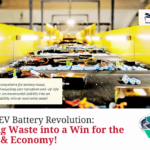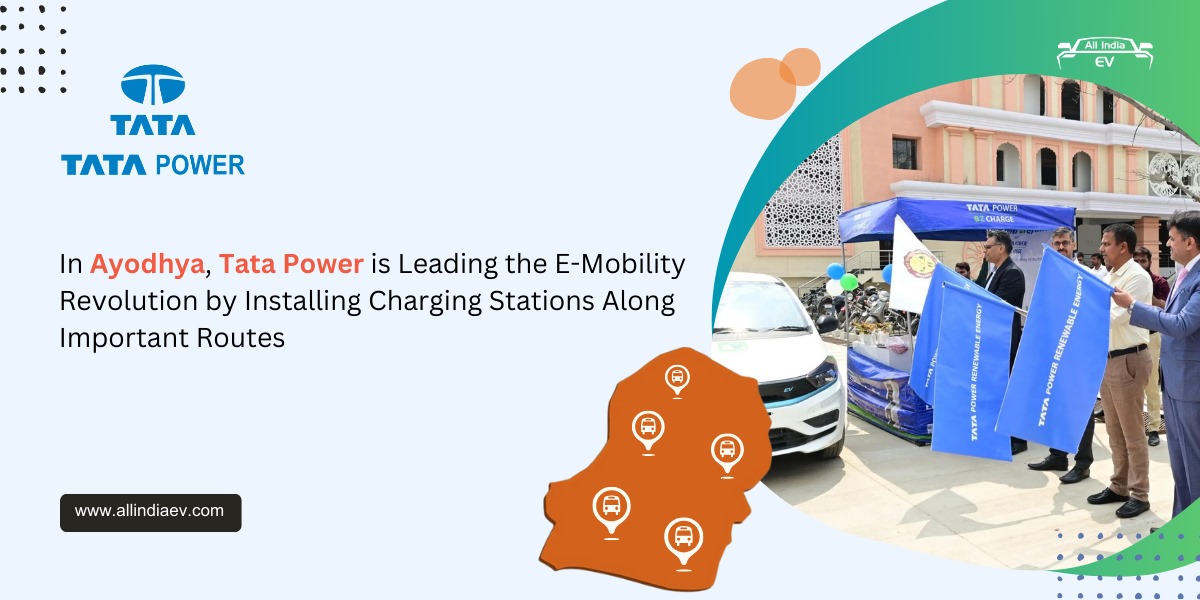
FAME-III Scheme Nears Completion: Awaiting Final Timeline Announcement, Says Union Minister
Gujarat Undeterred by EV Fires, Focuses on Charging Infrastructure
Despite recent fire incidents involving electric vehicles, Gujarat has not stopped from carrying on with plans for electric vehicle charging infrastructure. Although the idea of basement charging has not been brought into the table, some progress has been made in setting up charging stations in open areas and on government land. This campaign is a part of the centre’s bigger scheme of FAME, initiated in 2015 to accelerate the mass adoption of electric and hybrid vehicles all over the country.
FAME-III Scheme Nears Completion: Awaiting Final Timeline Announcement, Says Union Minister.
Speaking to media persons on the sidelines of an industry event recently, Union Minister for Heavy Industries HD Kumaraswamy, noted preparation work is going on for the implementation of FAME 3, and ministries have recommended how to implement the program.
FAME India Scheme: A Solid Foundation
The first phase of the scheme, FAME India, concluded in March 2019 and laid the ground for the electric vehicle revolution in India. With a budget of Rs 895 crore, it worked towards technological advancement, demand creation, pilot projects, and the setting up of charging infrastructure.
Over 2.8 lakh hybrid vehicles got a demand incentive of Rs 359 crore. Further, 425 electric and hybrid buses, which are currently operating across the country, were provided government support of about Rs 280 crore. The scheme also made provisions for the establishment of 520 charging stations.
Government invested Rs 158 crore in research and development projects to foster technological growth. These funds have been provided for the research and developmental work relating to the above road map to lead institutions like ARAI, IIT Madras, IIT Kanpur, and NFTDC.
The foundational steps taken so far have made India a lucrative market for electric vehicles, and now the forthcoming FAME 3 scheme is sure to accelerate this growth further.
India’s Push for Electric Vehicles
Based on feedback received at the Phase I appraisal and consultations with industry stakeholders, a five-year Phase II of the Faster Adoption and Manufacturing of Electric and Hybrid Vehicles (FAME) scheme, with an outlay of Rs. 11,500 crore, has been launched by the government as of April 2019 to speed up manufacturing and adoption of electric vehicles.
The main objective of the Phase II was building on the success by achieving the Electric Mobility goals in Public/Shared Transportation, with an outright aim to foster the sale of 7,262 E-buses, 1,55,536 E-three-wheelers, 30,461 E-four-wheeler passenger cars, and last but not the least, 15,50,225 E-two-wheelers.
The charging infrastructure was also supported under the scheme. As of July, EV manufacturers had submitted claims amounting to Rs 6,825 crore for subsidies on 16,71,606 electric vehicles. The government has sanctioned 6,862 electric buses for intra-c.
Government Allocates Over Rs 600 Crore for EV Charging Infrastructure
The Indian government has sanctioned Rs 560 crore to Oil Marketing Companies for the enhancement of electric vehicle charging infrastructure. Further, the Ministry of Heavy Industries and Steel has sanctioned an additional Rs 73.50 crore under the Faster Adoption and Manufacturing of Hybrid and Electric Vehicle II scheme in March 2024 for establishing or upgrading 980 public fast charging stations across the country.
Out of this, Rs 51.45 crore has already been released to OMCs. This information was given by Minister of State for Heavy Industries and Steel, Bhupathi Raju Srinivasa Varma, in a written Rajya Sabha response.




